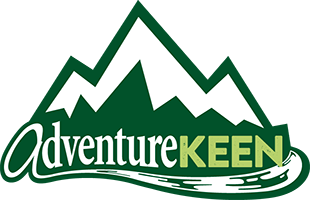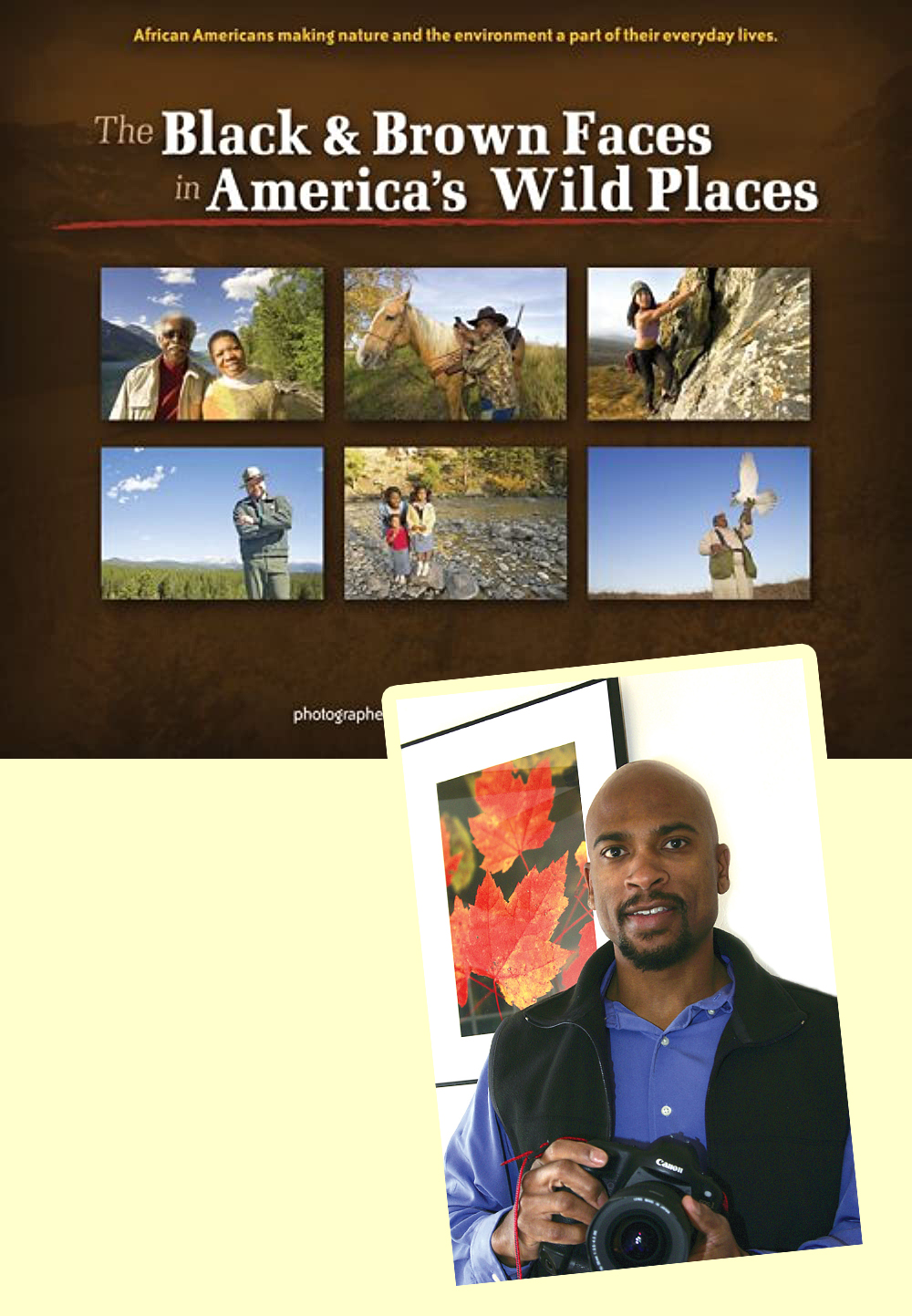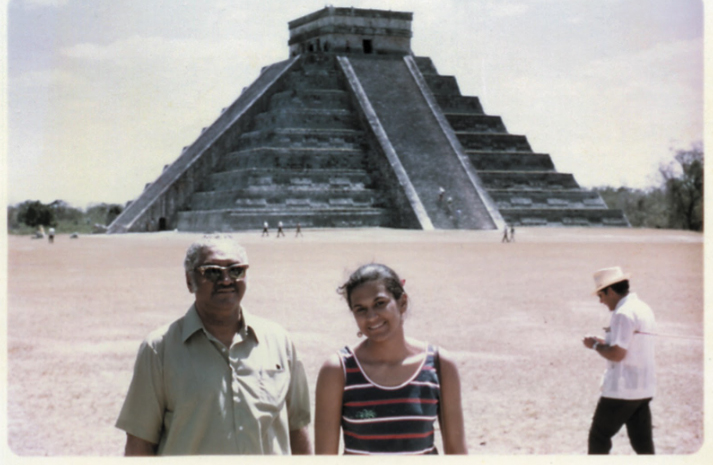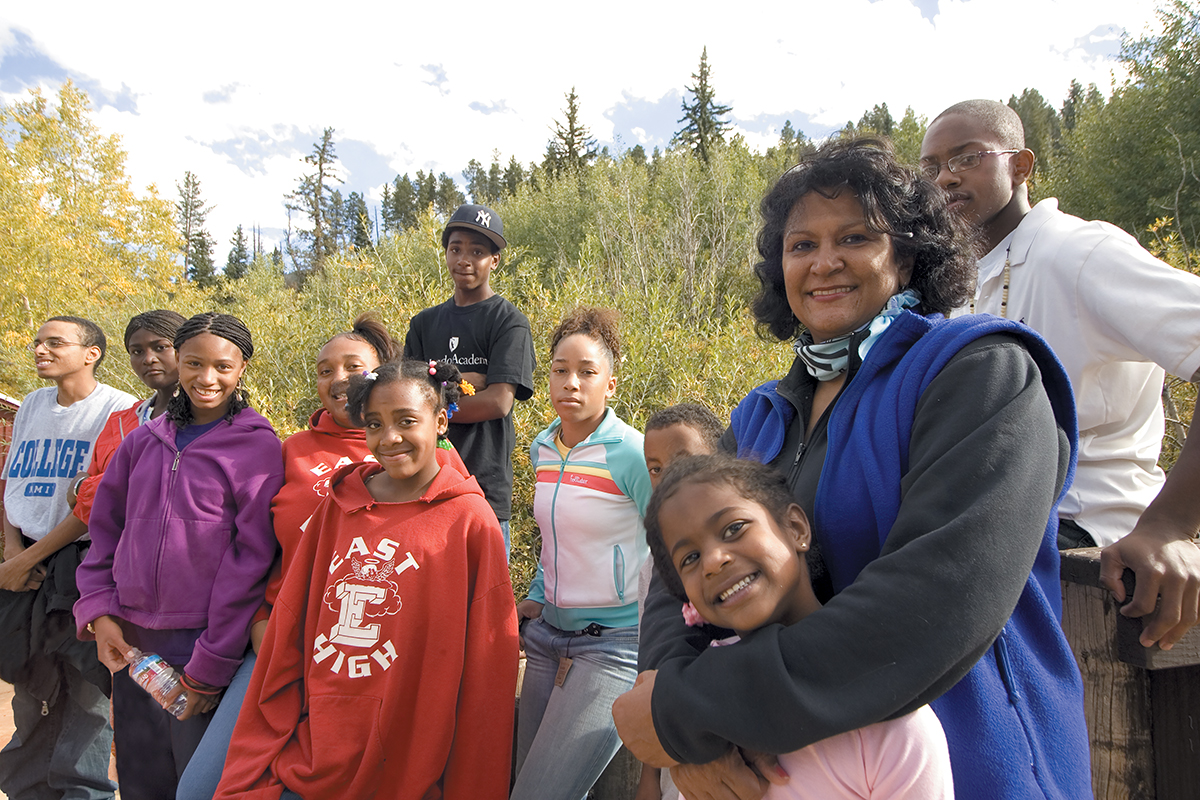Black Birders Week: Visibility, Community, and the Power of Representation in Nature
Each spring, as the migration of birds sweeps across North America, another movement takes flight—one that is transforming the face of conservation and outdoors culture: Black Birders Week. What began in 2020 as a response to the racism experienced by Black naturalists and birders, most notably the Central Park bird-watching incident involving Christian Cooper, has blossomed into a vibrant annual celebration of Black joy, expertise, and community in the outdoors.
Black Birders Week is more than a social media campaign. It is a call for visibility and inclusion, with a weeklong series of events, panels, and bird walks highlighting the experiences and contributions of Black birders, scientists, and nature enthusiasts. With hashtags like #BlackBirdersWeek and #BlackInNature, participants share stories, photos, and educational resources, challenging stereotypes and opening doors for the next generation.
The Importance of Representation
Seeing someone who looks like you in a field you love can be transformative. This theme is powerfully explored in People the Planet Needs Now, edited by Dudley Edmondson. The book is a tapestry of voices from the Global Majority—activists, scientists, and community leaders—who share their journeys at the intersection of environmental justice and social equity. Among them is Corina Newsome, a wildlife biologist and one of the co-organizers of Black Birders Week.
Corina’s story, like those of many contributors, underscores the barriers faced by Black and Brown people in conservation and STEM fields. She writes about the lack of representation in her early career and the impact of mentorship from leaders like Dr. Brian Davis, who advocated for paid internships and greater inclusivity in conservation. Corina’s hope is that, through visibility and advocacy, young Black children who love wildlife will grow up expecting to see Black biologists in the field—not being surprised by it.
Another inspiring figure featured in People the Planet Needs Now is Jason Hall, a biochemist and founder of the In Color Birding Club in Philadelphia. Jason’s mission is to open the birding and outdoors space to BIPOC birders, not only for the mental and physical benefits but also for the sheer joy of birding itself. He challenges the traditional culture of birding by emphasizing fun, learning, and community over perfection and posturing. Jason’s inclusive approach creates welcoming spaces where people of color can experience the outdoors without the pressure of “getting everything right,” and where misidentifying a bird is simply an opportunity to learn together.
Dudley Edmondson: Bird Enthusiast, Photographer, and Trailblazer
No discussion of Black Birders Week or the movement for diversity in birding would be complete without highlighting the work and legacy of Dudley Edmondson himself. Based in Duluth, Minnesota, Dudley is an acclaimed photographer, filmmaker, author, and presenter whose passion for birds and the outdoors has inspired countless people across the country.
Dudley’s love for birds is not just a personal hobby—it’s a lifelong mission to connect people, especially those from underrepresented communities, to the wonders of the natural world. He often speaks about the power of bird-watching as a gateway to environmental stewardship, and his workshops and presentations encourage new birders to pick up their binoculars and cameras, regardless of their backgrounds.
For over three decades, Dudley has been capturing the beauty and diversity of birds through his lens; his photographs have been featured in galleries and publications around the world. His keen eye for avian subjects is matched by his commitment to making the outdoors more inclusive. Dudley’s landmark book, Black & Brown Faces in America’s Wild Places, was one of the first to spotlight the stories of African Americans in nature and conservation. This groundbreaking work earned him an invitation to the White House for the signing of America’s Great Outdoors Initiative during the Obama Administration.
As the editor of People the Planet Needs Now, Dudley continues to amplify the voices of BIPOC conservationists, birders, and scientists. His work on the board of the Bell Museum of Natural History and the Lessard-Sams Outdoor Heritage Council further demonstrates his dedication to conservation and education.
Alex Troutman: From Spark Bird to Author
Another prominent voice in both People the Planet Needs Now and the Critters series is Alex Troutman, a wildlife biologist whose passion for nature was ignited by his “spark bird”—the red-tailed hawk. Alex’s journey is a testament to the power of early exposure and encouragement. In Critters of Georgia, he shares not only his expertise on the state’s diverse wildlife but also his dedication to making nature accessible and welcoming for all, especially children from minority and low-income backgrounds.
Alex is also a co-organizer of Black Birders Week and several other “Black in X” initiatives, including Black Mammalogists Week and Black in Marine Science Week. Through these movements, he and his colleagues are building community, celebrating Black scientists, and encouraging diversity in STEAM fields. Alex knows what it feels like to not see individuals who look like you, or come from a similar background, doing the things you enjoy or working in the career that you aspire to be in. He makes a point not only to be that representation for the younger generation, but also to make sure that kids have exposure to the careers they are interested in and the diverse scientists working in those careers.
Building a More Inclusive Outdoors
Black Birders Week is not just about birds—it’s about belonging. It’s about challenging the historical and cultural barriers that have excluded Black and Brown people from natural spaces, as well as reclaiming the narrative that nature is for everyone. As Dudley Edmondson’s anthology reminds us, environmental justice and social equity are deeply intertwined. The stories of Corina Newsome, Alex Troutman, and others show that when we center marginalized voices, we not only enrich the conservation movement but also inspire hope and action for a more just and sustainable future. Remember the words of these authors and advocates: Representation matters, community matters, and everyone deserves a place in nature’s story.
Visit https://www.blackafinstem.com for more information and events.









